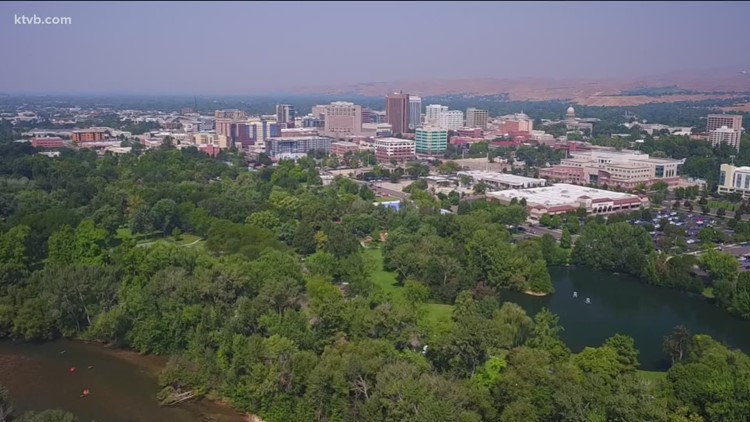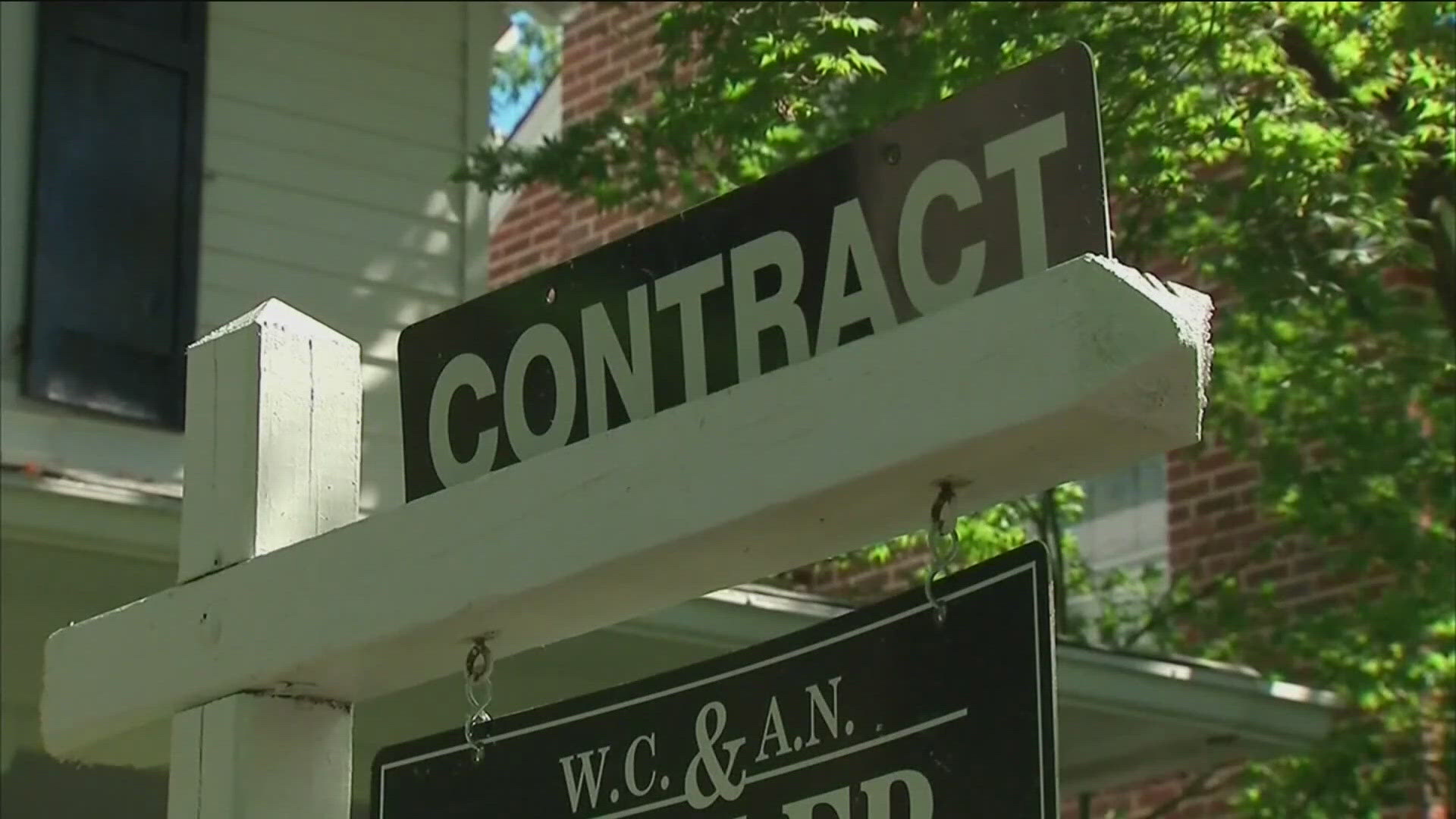MERIDIAN, Idaho — Editor's Note: This article was originally published by the Idaho Press.
The U.S. Census Bureau on Thursday released redistricting data from the 2020 Census, which showed population growth in the nation’s most populous counties and metropolitan areas, including in Idaho. It also showed that the United States is becoming increasingly diverse, with multi-racial, Hispanic and Asian people driving population growth.
As expected, Meridian was the fastest-growing city in the state and one of the top-10 fastest-growing cities in the country since the 2010 Census. Each of the 10 fastest-growing cities are located near larger cities and in larger metropolitan areas, such as Meridian is to Boise.
The redistricting data will be used by state and local governments to adjust legislative districts and allocate resources for infrastructure and other public utilities. In Idaho, the data is imminently important for an upcoming redistricting process, led by Idaho’s Citizen Committee on Reapportionment, which will redraw legislative and congressional boundaries beginning within the next few weeks.
The data is also necessary for three Treasure Valley cities, Boise, Meridian and Nampa, which are now required to hold elections by district. Boise has already drawn temporary districts for the upcoming November election, but those are expected to change in the coming years with the new population statistics. Meridian and Nampa will consult the data to draw their own boundaries following this year’s election.
In a news conference Thursday, officials from the U.S. Census Bureau revealed the U.S. population is now 331.4 million, up 22.7 million from 2010. The growth was just 7.4%, the slowest rate between decennial censuses since the 1930s, during the Great Depression. Percentage increases have generally declined since the 1950s.
The nationwide growth slowdown is most notable at the county level, said U.S. Census Bureau Senior Demographer Marc Perry. More than half of all counties have smaller populations in 2020 than in 2010. At the same time, “Metro areas are even more prominent this decade as the locations of population growth amidst otherwise widespread population decline,” Perry said.
That shift is evident in Idaho, where more sparsely populated central counties, such as Butte, Clark, Custer, Camas and Lincoln, saw population declines during the last decade. Meanwhile, counties home to larger cities — Ada (Boise and Meridian), Canyon (Nampa and Caldwell) and Kootenai (Coeur d’Alene) — saw population growth of 20% or more. Madison County, home to Rexburg, was also among the fastest-growing counties in the state.
America’s population continued to shift to the South and the West, a trend since the 1990s. Idaho has had 10% or more population growth each decade since the 1990 Census. Idaho is one of seven Western states to grow by 10% or more since 2010. California, Hawaii and Montana grew between 5% and 9.9% while Alaska, New Mexico and Wyoming grew up to 4.9%.
The Census data also shows the nation is becoming increasingly diverse, and Idaho is no exception. Nationwide, the share of the non-Hispanic white population — the largest racial or ethnic group — decreased by 8.6%. At 57.8%, it’s the lowest share of the non-Hispanic white population on record.
Meanwhile, people who identify as multi-racial jumped 276%, from 9 million to 33.8 million.
In Idaho, the share of non-Hispanic white population dropped from 84% to 78.9% between 2010 and 2020. During the same period, the Hispanic or Latino population jumped from 11.2% to 13%, and the share of multi-racial people more than doubled, from 1.7% to 4.2%.
Idaho, however, remains one of the country’s least racially and ethnically diverse states. According to the Census Bureau’s diversity index, a measure of the probability that two people chosen randomly will be from different race and ethnicity groups, Idaho ranks 41st out of the 50 other states plus Washington, D.C. Idaho ranked even lower on a diffusion score, a measure of a state’s racial concentration, coming in tied for second-to-last with Vermont. Only West Virginia had a lower diffusion score among states.
Ryan Suppe is the Boise City Hall and Treasure Valley business reporter for the Idaho Press. Contact him at 208-344-2055 (ext. 3038). Follow him on Twitter @salsuppe.
Watch more 'Growing Idaho':
See the latest growth and development news in our YouTube playlist:



